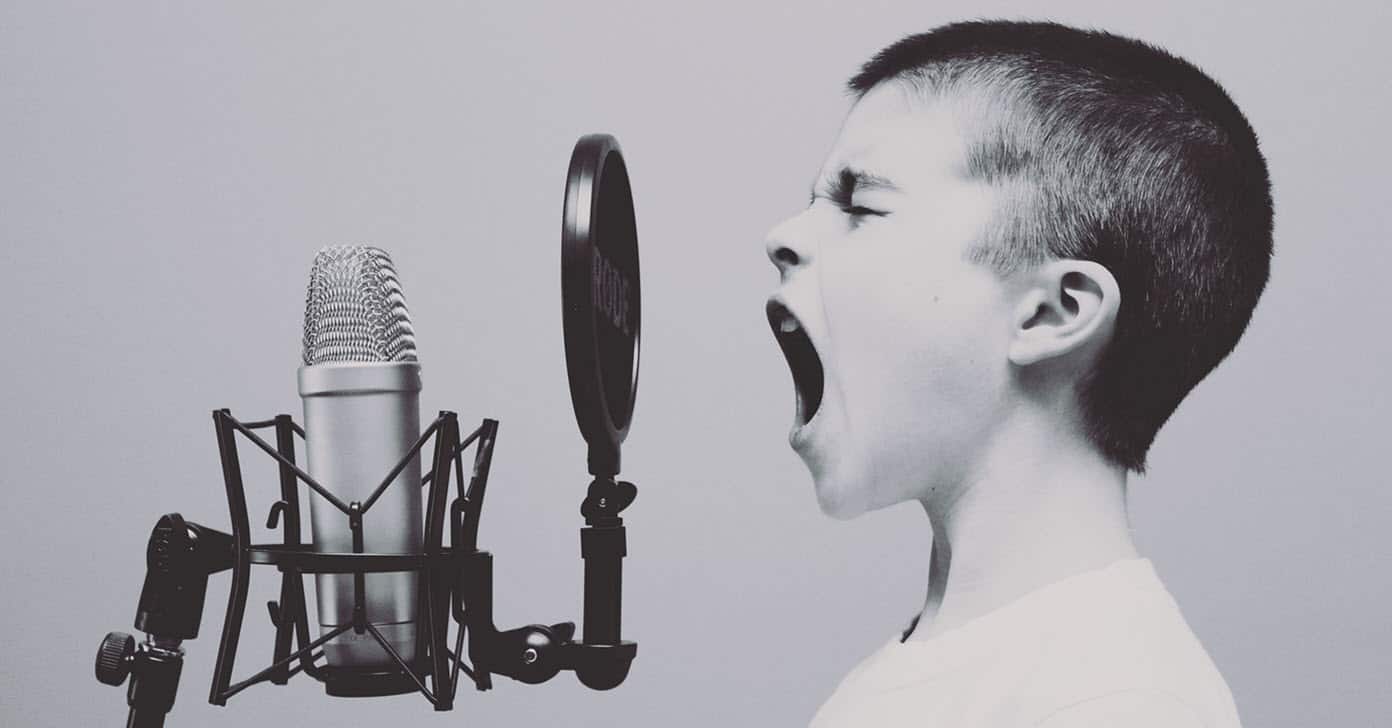
Audio quality is an extremely important factor for when it comes to producing high-quality videos.
The type of microphone you use can make a big difference in how clearly your audio is picked up and how professional your video sounds.
There are several types of microphones to consider for video each with their strengths and ideal use scenarios.
In this article, I’ll break down some of the the main options and various situations to use each in your video recordings.
Dynamic microphones are a common choice for video recording.
They work by using a diaphragm that vibrates when hit with sound waves then this movement generates an electrical signal that gets translated into audio.
Dynamic mics are sturdy, relatively affordable and don’t require external power whether that be a battery pack or camera hot shoe.
This makes them convenient for taking outdoors or to locations without power access.
They also tend to do well at rejecting off-axis sounds, making them suitable for recording videos with ambient noise around you, whether you’re at a conference, on the street or in a loud workspace.
While audio quality may not be as pristine as more expensive condenser microphones their dynamics provide quality sound while being easy to take on the go.
Condenser microphones offer more precise, high-quality sound pickup compared to dynamic mics.
This makes them an excellent choice when audio clarity is your top priority.
The diaphragms used in condensers are lighter and more responsive than the moving coils in dynamic mics allowing them to pick up more subtle tones and volumes.
However condenser mics require external power so you’ll need to supply power via a mixer, audio interface or hotshoe connection on a camera.
Condenser mics also tend to be more sensitive and fragile.
Lavalier mics, also known as lapel mics or “lavs” clip onto the user’s clothing.
They are designed to provide clear voice pickup from short distances for recordings like interviews, lectures, or vlogs.
Lav mics allow flexibility to move around while keeping sound quality close to the mouth.
Their small profile also keeps them visually discreet in video frames.
Lav mics trade off some sound isolation and ambient noise rejection compared to larger mics as they are specifically designed to capture voice only from close distance.
Positioning them properly is important to avoid rustling from clothing and using them outdoors means you absolutely have to use some kind of wind suppression.
Shotgun mics have very tight polar patterns picking up audio only from the direction they point in.
This makes them ideal boom mics for recording video from a distance – whether you’re interviewing someone across a room, capturing sports action from the sidelines or filming a documentary out in a field.
Positioning just off-camera, a shotgun mic with its back facing other ambient noise can record focused sound on your subject while excluding the background environment.
Shotguns do require precise angling and typically work best recording one audio source instead of omnidirectional room sound.
There are also mics designed for more flexible recording.
Large-diaphragm condenser mics often work well for a variety of speech, ambient sound, and instrument recording.
USB microphones make recording easy directly to a camera, laptop, or mobile device without extra equipment. Models like the Blue Yeti and Samson Q2U give both USB and XLR connectivity for this purpose.
Small diaphragm condensers usually offer flatter, more accurate frequency response over large diaphragms.
However, their less heavy bass pickup may not suit some vocal recordings as much.
Diaphragm size is one factor to experiment with depending on your recording needs and sound preferences.
Selection Criteria
When selecting which type of microphone to use for video consider factors like your location, subjects/action being filmed, audio sources, sound isolation needs, portability requirements and production quality needs.
While high-end condensers will provide the best possible sound, they may be overkill if you need a rugged dynamic to record street interviews with a camcorder.
Matching mic capabilities and constraints to filming situations is key for optimizing both performance and budget.
Whether you need a crisp interview mic or versatile boom for field recording, understanding the differences in microphone polar patterns, connectivity, sensitivity and pricing will help isolate the best options for your videos.
Finding the right balance of sound quality and practical usability for your filming needs is vital in capturing great-sounding results.
Pay attention as well to proper placement, wind protection and connecting appropriate supporting equipment to get the most out of your chosen mics.
Putting some thought into your audio tools for the job ultimately allows you to better showcase the quality of your video content itself.
Videography Basics Everyone Needs to Know Well maybe not "everyone needs to know" but at…
In the world of video editing transitions are tools you as an editor can use…
12 Camera Angles to Enhance Your Videos Almost every decision you make as a video…
Creating an engaging and professional looking video involves the careful composition of different types of…
Sound Design in DaVinci Resolve - Beginner Crash Course This is a video tutorial from…
The basic editing cuts in video have at their heart the purpose of presenting raw…